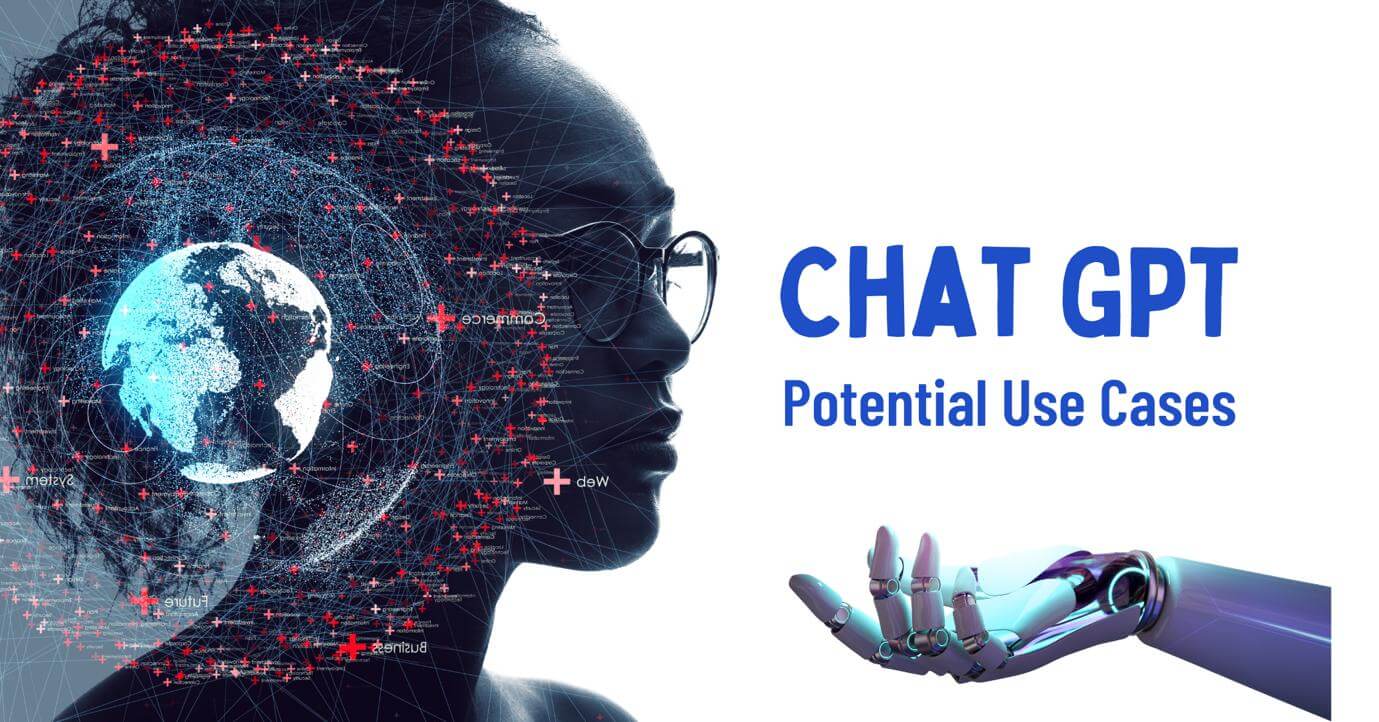Chat GPT: Conversational AI has come a long way since the early days of chatbots. With the advent of deep learning and natural language processing, chatbots have evolved into more sophisticated conversational agents that can understand and respond to human language in a more natural and intuitive way.
One of the most promising developments in this field is the emergence of chat GPT, or Generative Pre-trained Transformer, which is quickly becoming the future of conversational AI.
What is Chat GPT?
Chat GPT is a type of conversational AI that uses deep learning algorithms to generate human-like responses to text-based inputs. It is based on the transformer architecture, which was introduced by Google in 2017 and has since become the standard for natural language processing tasks.
The key innovation of chat GPT is that it is pre-trained on massive amounts of text data, which allows it to generate high-quality responses without the need for extensive fine-tuning.
How Does Chat GPT Work?
Chat GPT works by breaking down text inputs into smaller units called tokens, which are then processed by a series of neural networks. The first network, called the encoder, reads in the input text and generates a series of hidden representations that capture the meaning of the text.
The second network, called the decoder, uses these representations to generate a response that is both grammatically correct and semantically meaningful.
Why is Chat GPT Important?
Chat GPT is important because it represents a major breakthrough in conversational AI. Unlike traditional chatbots, which rely on pre-defined rules and templates, chat GPT can generate responses on the fly based on the context of the conversation.
This makes it much more flexible and adaptable than previous approaches, and allows it to handle a wider range of conversational scenarios.
Applications of Chat GPT
Chat GPT has a wide range of potential applications in areas such as customer service, healthcare, education, and entertainment. For example, it could be used to provide personalized recommendations to customers based on their preferences and past behavior, or to assist doctors in diagnosing and treating patients.
It could also be used to create more engaging and interactive educational materials, or to generate realistic dialogue for video games and virtual reality experiences.
Challenges of Chat GPT
Despite its many advantages, chat GPT still faces several challenges that need to be addressed. One of the biggest challenges is the potential for bias in the training data, which can lead to discriminatory or offensive responses.
Another challenge is the difficulty of generating responses that are both informative and engaging, especially in complex or emotionally charged conversations.
The Future of Chat GPT
Despite these challenges, the future of chat GPT looks bright. As more data becomes available and more advanced algorithms are developed, chat GPT will become even more powerful and versatile.
It will also become more accessible to developers and businesses of all sizes, making it easier to create customized conversational agents for a wide range of applications.
Conclusion
In conclusion, chat GPT represents a major step forward in the field of conversational AI. Its ability to generate high-quality responses based on context and pre-trained data makes it a powerful tool for businesses and developers looking to create more engaging and personalized interactions with their customers.
While there are still challenges that need to be addressed, the future of chat GPT looks bright, and we can expect to see many exciting developments in this field in the years to come.



